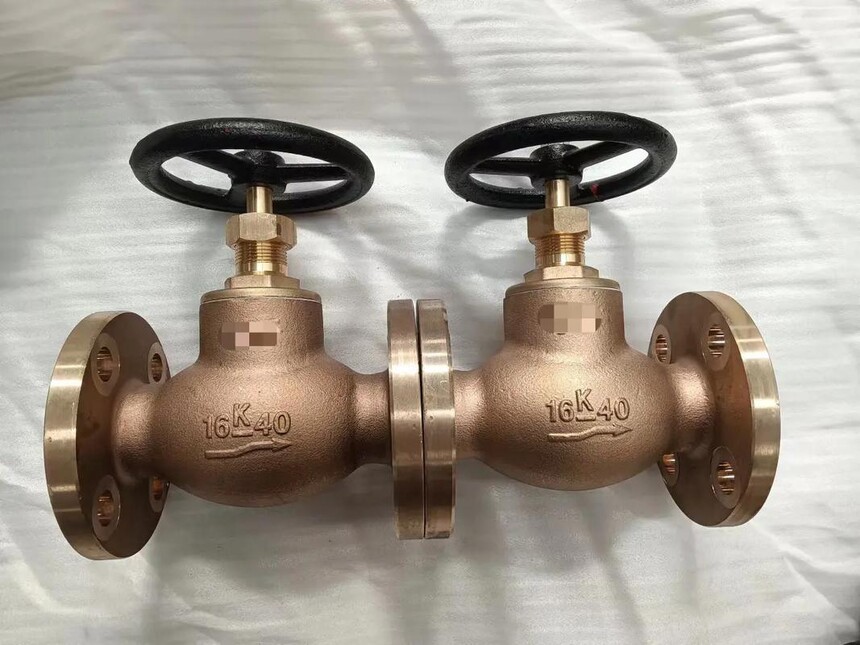|
Ultimate Guide to Marine Valves: Types, Uses & How to Choose the Right OneMarine valves are indispensable components in maritime and offshore industries, ensuring the safe and efficient regulation of fluid flow in ships, submarines, offshore platforms, and other marine systems. Whether you’re a shipbuilder, engineer, or procurement specialist, understanding marine valves is crucial for optimizing performance, safety, and compliance. This comprehensive guide will walk you through the types of marine valves, their applications, selection criteria, and maintenance tips—everything you need to make informed decisions. Why Marine Valves Are Critical in Maritime OperationsMarine environments are notoriously harsh, with exposure to saltwater, extreme temperatures, and high-pressure conditions. Marine valves are engineered to withstand these challenges while maintaining reliability. They control the flow of liquids, gases, and steam in critical systems such as:
A malfunction in any of these systems can lead to costly downtime, environmental hazards, or safety risks. High-quality marine valves mitigate these issues by providing precise flow control and durability. Types of Marine Valves and Their Applications
How to Choose the Right Marine ValveSelecting the correct marine valve depends on several factors. Here’s a step-by-step approach: 1. Material Compatibility
2. Pressure and Temperature Ratings
3. Flow Requirements
4. Certifications and Standards
5. Operational Environment
Maintenance and Troubleshooting TipsRegular maintenance is key to extending valve lifespan and ensuring performance:
Common Issues:
Benefits of Investing in Quality Marine ValvesChoosing high-quality marine valves offers long-term advantages:
Final ThoughtsMarine valves are the backbone of maritime engineering, ensuring the safety and efficiency of ships and offshore platforms. By understanding their types, applications, and selection criteria, you can optimize your systems and avoid costly downtime. Whether designing a new vessel or upgrading an existing one, prioritize valves that combine durability, precision, and compliance. For more insights into marine engineering solutions, explore our blog or contact us for tailored recommendations. Let us help you navigate the complexities of offshore and marine technology! |

